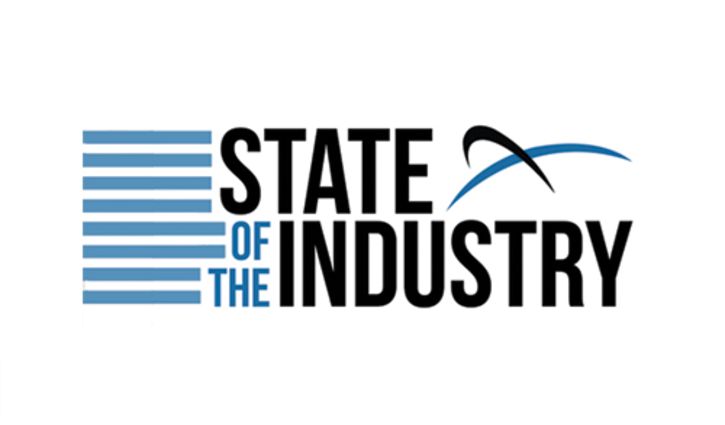The first half of the year 2020 presented all areas of business with some major turbulence due to the impacts of COVID-19.
But at TechServe Alliance’s latest “State of the Industry: Quarterly Executive Webinar Series,” a more hopeful forecast was predicted for IT and engineering staffing firms as the industry continues to navigate a world that’s looking to reopen.
The online session on Thursday, June 25 was hosted by TechServe CEO Mark B. Roberts and Jim Janesky, Senior Advisor at Peapack-Gladstone Bank Corporate Advisory Group.
While Roberts shared the latest on performance in IT and federal financial relief, Janesky provided a banker’s perspective on current industry developments.
To give context to the economic, workforce and business environment, Roberts began the webinar by offering recent news updates on coronavirus since so much depends on the course of the public health crisis.
While unemployment rates in the U.S. this year have hit historic highs, a side-by-side analysis of IT employment numbers versus the total of (nonfarm) jobs revealed that the decrease in IT employment was less dramatic compared to the massive drop seen in jobs overall.
More specifically, last month’s IT Employment Index – tabulated by TechServe – showed a drop of approximately 1.6 percent between April and May of this year.
“I think many clients are taking that sort of broad-brush approach looking at the overall employment picture and extrapolating it to IT… and it’s just a totally different picture,” Roberts said. “While certainly, IT employment has turned down, it is far more modest than the overall workforce.”
Roberts also shed light on some more recent developments on public policy in response to COVID-19.
This includes the House’s passage of Phase Four COVID-19 relief and the Federal Reserve’s announcement of a Main Street Lending Program, which would support lending to both small and medium-sized businesses that were in sound financial condition before the pandemic.
This lead to Janesky’s discussion on how current economic trends will affect IT and engineering staffing and also the forecast on this matter from a banker’s perspective.
Given the current situation, the U.S. is considered to be “officially” in a recession due to a decline in real GDP during the first two quarters of 2020, but economists expect a sharp GDP rebound in the last half of this year, Janesky said.
He added that it’s possible the recession of 2020 could be one of the shortest in U.S. history and also cited a study in which 65% of small businesses are projected to emerge from the crisis either stronger or the same as they were before COVID-19.
In regards to Paycheck Protection Program money running out, Janesky said, the Federal Government has mentioned it could announce another PPP-type stimulus program and that the Main Street Program should provide another avenue of liquidity.
When asked if whether the worst of COVID-19 impacts were over or yet to come, both Roberts and Janesky err on the side of cautious optimism.
“Unless we go into another lockdown or second wave…where folks cannot go back to work again, I think that the worst is behind us,” Janesky said.
Roberts said he agrees but will hedge his bet a bit.
“So much of this depends upon the public health crisis,” Roberts explained. “I do believe that virtually no government is going to want to shut down at the level we were shutdown in March, April and May. For that reason, I don’t think we’re doing to see the levels of decline that we had previously seen.”
Longer-term, Roberts struck an optimistic note observing that following all prior recessions, IT employment eventually reached new highs. “I believe we will again see record levels of IT employment once we emerge from this pandemic-induced downturn,” added Roberts.












